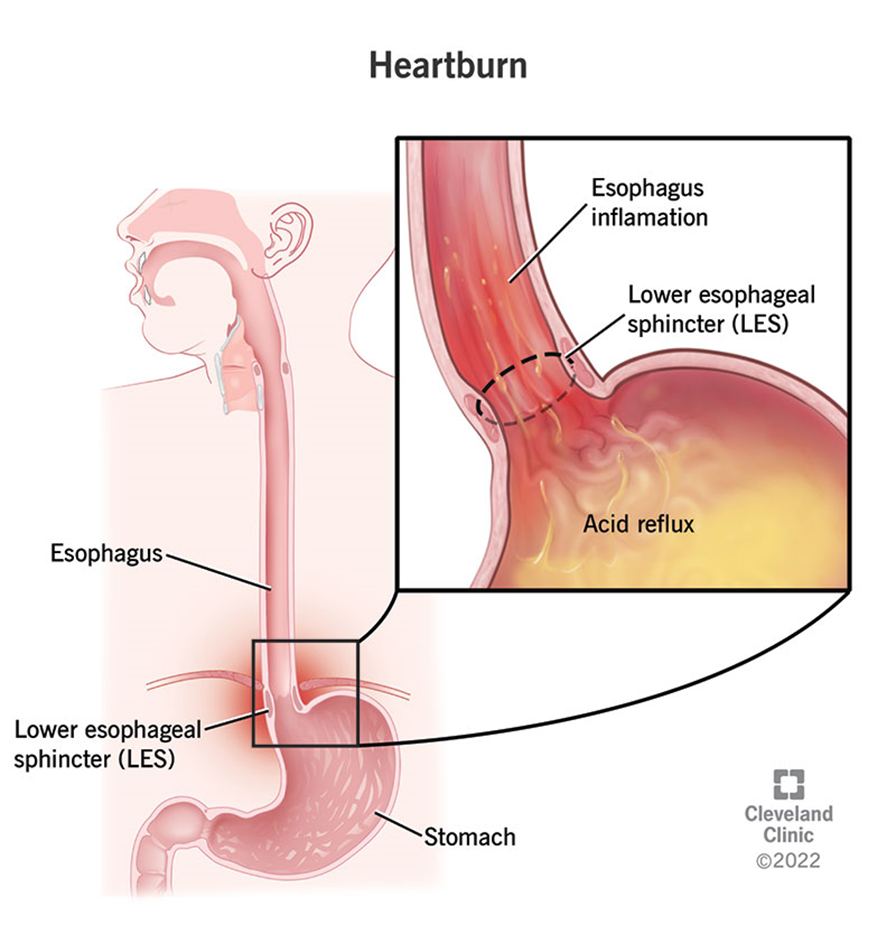To control asthma, a client in a residential treatment facility uses a fluticasone propionate and salmeterol discus inhalation system, which provides an inhaled powdered form of these combined medications. Which instruction should the nurse provide to this client’s caregivers?
Explain that the client should not use the discus more than twice daily.
Clients using the discus may experience decreased blood pressure.
When using the discus, have the client breathe out rapidly into the mouthpiece.
Offer the discus to the client for use during an acute asthma attack.
The Correct Answer is A
Choice A Reason:
The fluticasone propionate and salmeterol discus inhalation system is designed to be used twice daily, approximately 12 hours apart. Using it more frequently can increase the risk of side effects without providing additional benefits. The medication is intended to provide long-term control of asthma symptoms, not immediate relief during an acute attack.

Choice B Reason:
There is no significant evidence to suggest that using the fluticasone propionate and salmeterol discus inhalation system causes decreased blood pressure. The primary side effects are related to the respiratory system, such as throat irritation, hoarseness, and oral thrush. Therefore, this instruction is not relevant to the proper use of the medication.
Choice C Reason:
When using the discus, the client should breathe out gently and away from the mouthpiece before inhaling the medication. Breathing out rapidly into the mouthpiece can cause the medication to be expelled from the device, reducing its effectiveness. Proper technique involves exhaling gently, then inhaling quickly and deeply through the mouthpiece.
Choice D Reason:
The fluticasone propionate and salmeterol discus inhalation system is not intended for use during an acute asthma attack. It is a maintenance medication designed to prevent asthma symptoms over time. For acute asthma attacks, a short-acting bronchodilator, such as albuterol, should be used. Using the discus during an acute attack will not provide the rapid relief needed.
Nursing Test Bank
Naxlex Comprehensive Predictor Exams
Related Questions
Correct Answer is D
Explanation
Choice A reason:
Assessing for hypoglycemia between meals is important, but it is not the most critical intervention. Insulin lispro is a rapid-acting insulin that peaks quickly, so timing meals with insulin administration is crucial to prevent hypoglycemia.
Choice B reason:
Checking blood glucose levels every six hours is a good practice for monitoring overall glucose control, but it does not address the immediate need to coordinate insulin administration with meals to prevent hypoglycemia.
Choice C reason:
Keeping an oral liquid or glucose source available is essential for treating hypoglycemia if it occurs. However, the primary focus should be on preventing hypoglycemia by ensuring that meals are timed appropriately with insulin administration.
Choice D reason:
Providing meals at the same time insulin is given is the most important intervention. Insulin lispro acts rapidly, and if meals are not timed correctly, there is a high risk of hypoglycemia. Ensuring that the client eats at the same time as the insulin injection helps maintain stable blood glucose levels.
Correct Answer is B
Explanation
Choice A Reason:
Inquiring about perceived anxiety is important because anxiety can contribute to sleep difficulties. However, in the context of a client taking dextroamphetamine-amphetamine, the timing of the medication is more directly related to sleep disturbances. While anxiety should be assessed, it is not the most critical factor in this scenario.
Choice B Reason:
Determining what time the dose is taken is crucial because dextroamphetamine-amphetamine is a stimulant that can interfere with sleep if taken too late in the day. Extended-release formulations are designed to provide a steady release of medication throughout the day, but taking the dose too late can lead to insomnia. Adjusting the timing of the dose can help mitigate sleep disturbances.
Choice C Reason:
Determining daily caffeine intake is relevant because caffeine is a stimulant that can also contribute to sleep difficulties. However, the primary concern in this scenario is the timing of the dextroamphetamine-amphetamine dose. While caffeine intake should be assessed, it is secondary to the medication timing.
Choice D Reason:
Asking about the client’s bedtime routine is important for understanding overall sleep hygiene. Good sleep hygiene practices can help improve sleep quality. However, in this context, the timing of the stimulant medication is more directly related to the reported sleep difficulties. Therefore, while bedtime routine is important, it is not the most critical assessment.
Whether you are a student looking to ace your exams or a practicing nurse seeking to enhance your expertise , our nursing education contents will empower you with the confidence and competence to make a difference in the lives of patients and become a respected leader in the healthcare field.
Visit Naxlex, invest in your future and unlock endless possibilities with our unparalleled nursing education contents today
Report Wrong Answer on the Current Question
Do you disagree with the answer? If yes, what is your expected answer? Explain.
Kindly be descriptive with the issue you are facing.
